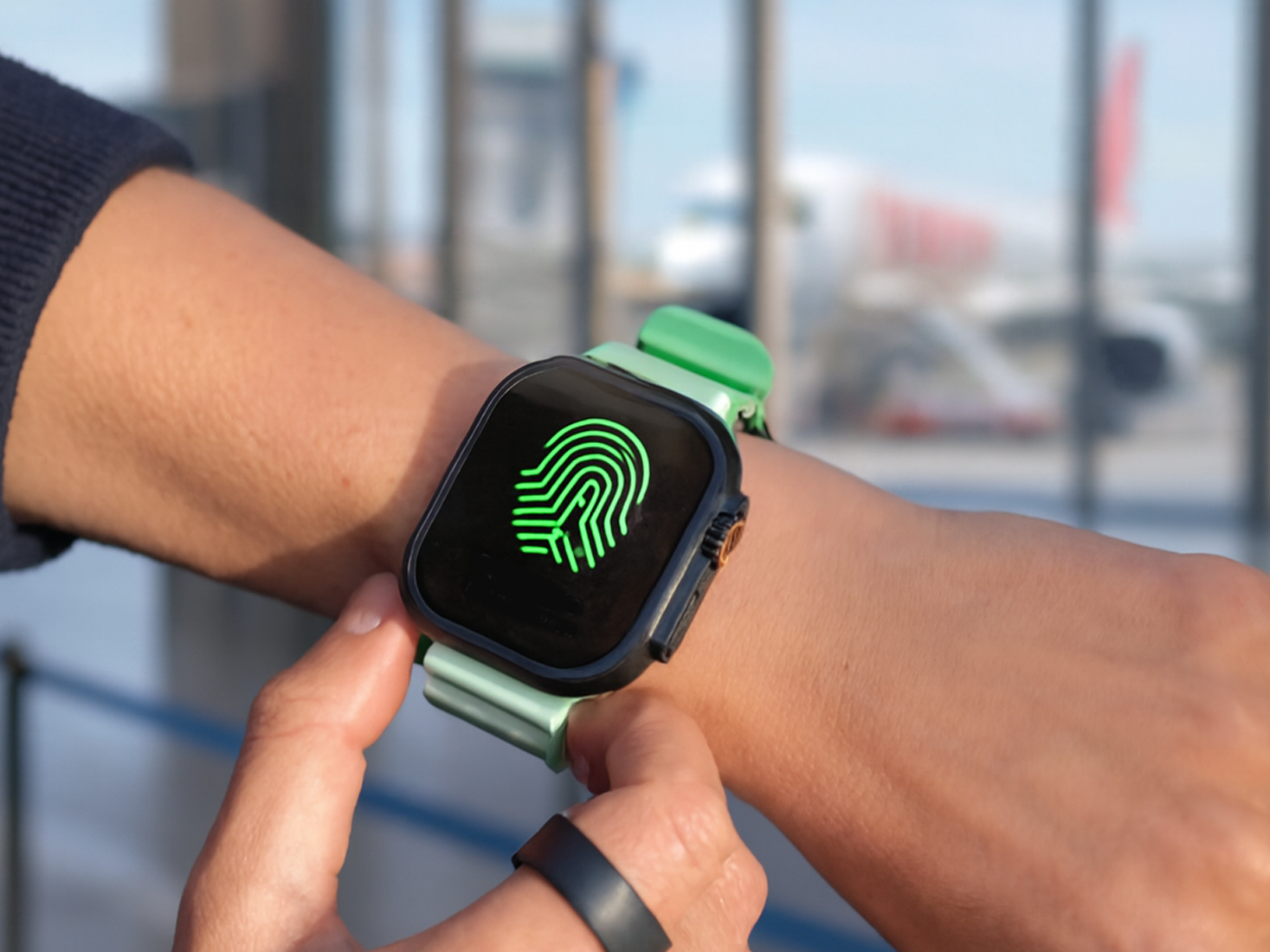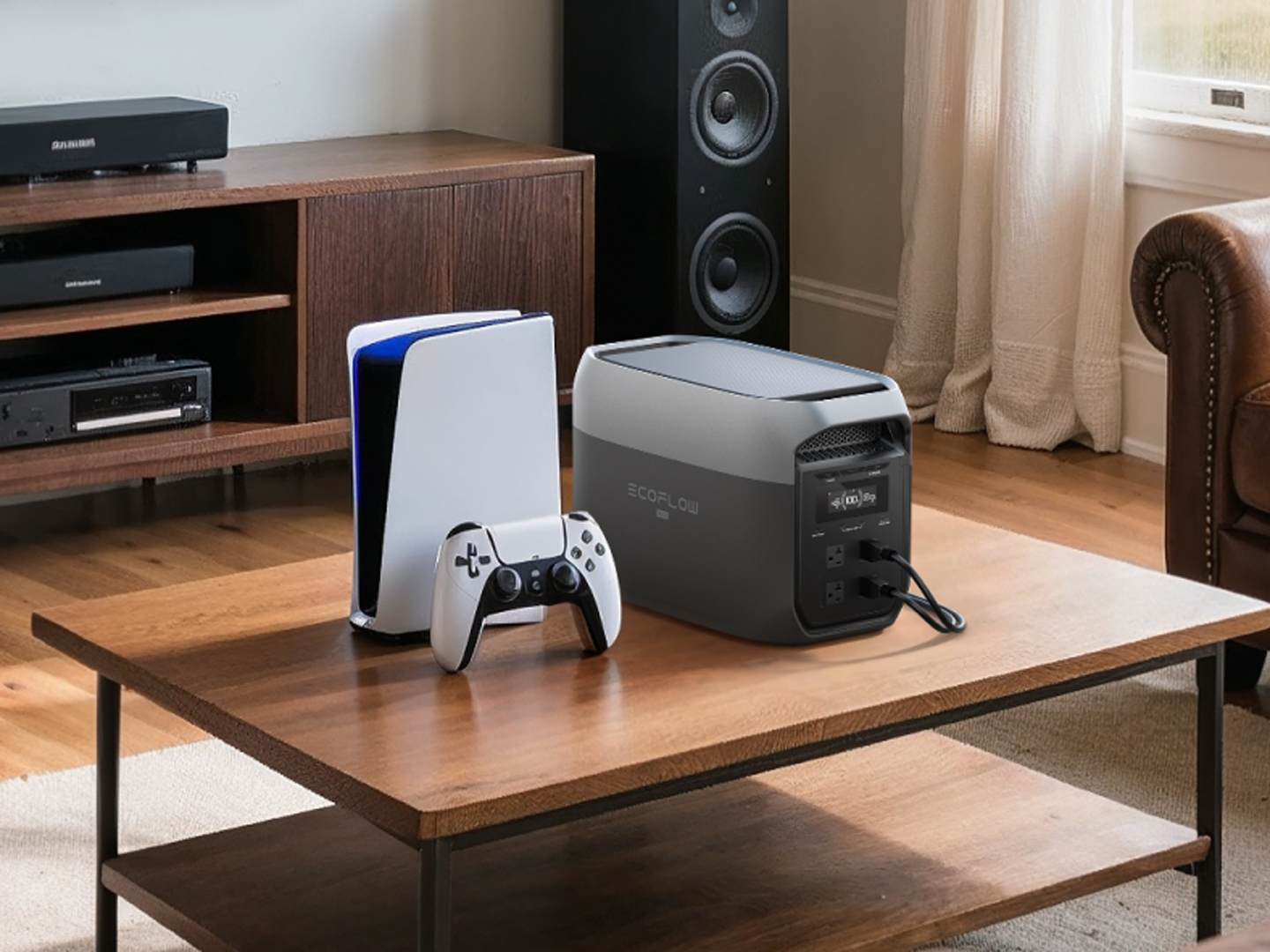

Over the holiday season, we’re republishing some of the best articles from Nintendo Life writers and contributors as part of our Best of 2024 series. This article was originally published in October. Enjoy!
The first generation of Pokémon games features some of the most iconic locations in the entire franchise. The eerie Lavender Town, the winding Viridian Forest, and the quaint Pallet Town where all players start their journey.
Pallet Town isn’t just a fanciful creation, but draws real-life inspiration from Pokémon creator Satoshi Tajiri’s hometown of Machida within the Tokyo Metropolis. While the Machida of today and of Tajiri’s childhood are very different, there are yet many elements within the city that evoke the adventurous feeling of Ash Ketchum’s hometown.
Pokémon Red / Green / Blue / Yellow was inspired by the populous Kanto region of Japan, hence its namesake in the game. Kanto is home to Tokyo, which may conjure up images of a bustling futuristic city, but the Greater Tokyo Area is also abundant with verdant natural beauty, sleepy suburbs, and other places that tourists may not stumble upon. Machida doesn’t pop up in many travel guides, but it’s a wonderful excursion outside the city’s centre that will delight Pokémon fans looking to experience a bit of the games in real life.
Machida itself does not outwardly promote itself as being the hometown of Satoshi Tajiri. Some have even argued that Pallet Town is actually in Shizuoka due to how the real map of the Kanto region lines up with the game’s map. However, Machida has recently solidified itself as the likely inspiration for Pallet Town due to the installation of six Poké Lids within Machida’s Serigaya Park.
Part of the Pokémon Local Acts project which promotes tourism in lesser visited areas of Japan, Poké Lids are Pokémon themed utility covers that have been installed all across Japan. There are over 300 utility covers, with the most recent one being a special Pikachu lid at the Nintendo Museum in Kyoto. Hardcore Pokémon fans often travel specifically to these Poké Lids to take photos. Since they are mostly installed to lure travellers off the beaten paths, Tokyo itself does not have many, but the first ones were placed in Machida in 2020, themed after Kanto Pokémon you find early in your journey.
All six Poké Lids are within Serigaya Park, an expansive area filled with evocative sculptures, ponds with koi fish, and plenty of lush greenery. The park was created in 1982, so while it’s not likely Tajiri visited this location specifically to catch bugs and fish, which would later inspire him to create Pokémon, Serigaya Park’s quiet beauty does capture the same feeling of Pallet Town and the early routes of Kanto.
Each lid features bright art of classic Kanto Pokémon such as the starters Bulbasaur, Squirtle, and Charmander. They are smartly placed throughout the park, such as the Poliwag lid next to a glistening stream, or Charmander next to a fire hazard warning. The park’s towering seesaw sculpture in the Rainbow and Water Square is portrayed on the Pidgey and Rattata lid, and you might even spot a Leaf cameo on the Bulbasaur lid.
Don’t be surprised if you need to line up to take a photo, as they are highly sought-after spots by Poke Lid fanatics due to being the only lids in the country that showcase the Kanto starters.
Machida is more than the Pallet Town-coded Serigaya Park, and its most famous tourist attraction is not Pokémon-related at all. Machida Squirrel Garden is a small petting zoo that features over two hundred squirrels that live in colourfully painted houses. You can even feed and pet the squirrels, though don’t be surprised if they dart off after filling their bellies. Although it’s unlikely these specific squirrels went on to inspire Pachirisu, it’s fun to think about.
Right across from Machida Squirrel Garden is Yakushiike Park, a massive Japanese garden featuring arch bridges, hanging wisteria, and red maple leaves. The traditional Japanese trappings of this park might lean more towards Johto than Kanto, but it captures the feeling of exploring a beautiful environment like in Pokémon, keeping an eye out for anything that might pop out of the grass.
The city centre near Machida Station is a fairly typical Japanese shopping hub, with plenty of restaurants and department stores to check out. For gamers, there are a few arcades and shops like Hobby Off and Book Off where you can find retro games. Machida’s Book Off is especially impressive, as it does have decorations for its retro game area, including Pokémon themed ones. On my visit, I even managed to find boxed copies of Pokémon Red and Green. Luck, or destiny?
In a 1999 TIME magazine interview with Satoshi Tajiri, he briefly spoke about the changing landscapes of Machida.
“The place where I grew up was still rural back then. There were rice paddies, rivers, forests. It was full of nature. Then development started taking place, and as it grew, all the insects were driven away […] The change was so dramatic. A fishing pond would become an arcade centre.”
25 years after Tajiri talked to TIME about Machida, the city has undoubtedly moved even further into resembling a modern neighbourhood of Tokyo. Yet, with the Poké Lids drawing people to Machida’s more natural scenery, the spirit of starting your adventure in Pallet Town is still alive today.


Over the holiday season, we're republishing some of the best articles from Nintendo Life writers and contributors as part of our Best of 2024 series. This article was originally published in October. Enjoy!
The first generation of Pokémon games features some of the most iconic locations in the entire franchise. The eerie Lavender Town, the winding Viridian Forest, and the quaint Pallet Town where all players start their journey.
Pallet Town isn’t just a fanciful creation, but draws real-life inspiration from Pokémon creator Satoshi Tajiri’s hometown of Machida within the Tokyo Metropolis. While the Machida of today and of Tajiri’s childhood are very different, there are yet many elements within the city that evoke the adventurous feeling of Ash Ketchum's hometown.
Pokémon Red / Green / Blue / Yellow was inspired by the populous Kanto region of Japan, hence its namesake in the game. Kanto is home to Tokyo, which may conjure up images of a bustling futuristic city, but the Greater Tokyo Area is also abundant with verdant natural beauty, sleepy suburbs, and other places that tourists may not stumble upon. Machida doesn’t pop up in many travel guides, but it’s a wonderful excursion outside the city’s centre that will delight Pokémon fans looking to experience a bit of the games in real life.
Machida itself does not outwardly promote itself as being the hometown of Satoshi Tajiri. Some have even argued that Pallet Town is actually in Shizuoka due to how the real map of the Kanto region lines up with the game’s map. However, Machida has recently solidified itself as the likely inspiration for Pallet Town due to the installation of six Poké Lids within Machida’s Serigaya Park.
Part of the Pokémon Local Acts project which promotes tourism in lesser visited areas of Japan, Poké Lids are Pokémon themed utility covers that have been installed all across Japan. There are over 300 utility covers, with the most recent one being a special Pikachu lid at the Nintendo Museum in Kyoto. Hardcore Pokémon fans often travel specifically to these Poké Lids to take photos. Since they are mostly installed to lure travellers off the beaten paths, Tokyo itself does not have many, but the first ones were placed in Machida in 2020, themed after Kanto Pokémon you find early in your journey.
All six Poké Lids are within Serigaya Park, an expansive area filled with evocative sculptures, ponds with koi fish, and plenty of lush greenery. The park was created in 1982, so while it’s not likely Tajiri visited this location specifically to catch bugs and fish, which would later inspire him to create Pokémon, Serigaya Park’s quiet beauty does capture the same feeling of Pallet Town and the early routes of Kanto.
Each lid features bright art of classic Kanto Pokémon such as the starters Bulbasaur, Squirtle, and Charmander. They are smartly placed throughout the park, such as the Poliwag lid next to a glistening stream, or Charmander next to a fire hazard warning. The park’s towering seesaw sculpture in the Rainbow and Water Square is portrayed on the Pidgey and Rattata lid, and you might even spot a Leaf cameo on the Bulbasaur lid.
Don’t be surprised if you need to line up to take a photo, as they are highly sought-after spots by Poke Lid fanatics due to being the only lids in the country that showcase the Kanto starters.
Machida is more than the Pallet Town-coded Serigaya Park, and its most famous tourist attraction is not Pokémon-related at all. Machida Squirrel Garden is a small petting zoo that features over two hundred squirrels that live in colourfully painted houses. You can even feed and pet the squirrels, though don’t be surprised if they dart off after filling their bellies. Although it’s unlikely these specific squirrels went on to inspire Pachirisu, it’s fun to think about.
Right across from Machida Squirrel Garden is Yakushiike Park, a massive Japanese garden featuring arch bridges, hanging wisteria, and red maple leaves. The traditional Japanese trappings of this park might lean more towards Johto than Kanto, but it captures the feeling of exploring a beautiful environment like in Pokémon, keeping an eye out for anything that might pop out of the grass.
The city centre near Machida Station is a fairly typical Japanese shopping hub, with plenty of restaurants and department stores to check out. For gamers, there are a few arcades and shops like Hobby Off and Book Off where you can find retro games. Machida’s Book Off is especially impressive, as it does have decorations for its retro game area, including Pokémon themed ones. On my visit, I even managed to find boxed copies of Pokémon Red and Green. Luck, or destiny?
In a 1999 TIME magazine interview with Satoshi Tajiri, he briefly spoke about the changing landscapes of Machida.
“The place where I grew up was still rural back then. There were rice paddies, rivers, forests. It was full of nature. Then development started taking place, and as it grew, all the insects were driven away [...] The change was so dramatic. A fishing pond would become an arcade centre.”
25 years after Tajiri talked to TIME about Machida, the city has undoubtedly moved even further into resembling a modern neighbourhood of Tokyo. Yet, with the Poké Lids drawing people to Machida’s more natural scenery, the spirit of starting your adventure in Pallet Town is still alive today.

- Related Games
- See Also
-
- Guide: Pokémon GO Eevee Evolutions Ranked - How To Get Sylveon, Leafeon, Glaceon, Umbreon, Espeon, Vaporeon, Jolteon And Flareon
- Guide: Pokémon GO Mega Evolutions List - How Get Mega Energy
- Guide: Pokémon GO Special Evolutions – How To Get Pangoro, Sylveon, Glaceon, Aromatisse, Slurpuff, Sirfetch’d, Galarian Cofagrigus And More
- Guide: Pokémon Sword And Shield: Pokédex Galar Region
- Guide: Pokémon GO – The Rarest Pokémon Including Wild, Shiny, Mythical And Regional Catches



















